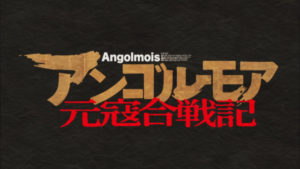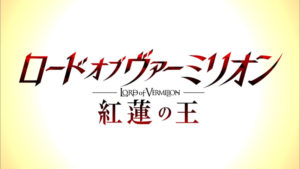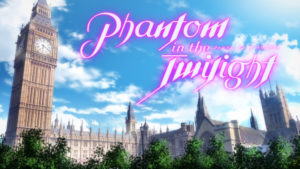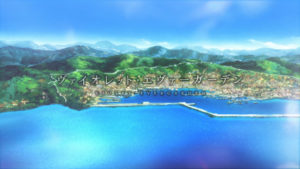Washed up on the mysterious island of Urashima with few memories and only a vague idea of his goals, Setsuna Sanzenkai decides to explore the area and talk with the various residents in hopes of remembering exactly why he traveled through time to reach this place.
A mystery series heavy on comedic character interactions and featuring re-occurring flashes of drama. Note that the 9th-10th episodes are something of an interlude, taking place in a completely different setting with action scenes replacing the mystery elements.
More Information:
aniDB
Crunchyroll
Wikipedia









